Archives
- 2018-07
- 2019-04
- 2019-05
- 2019-06
- 2019-07
- 2019-08
- 2019-09
- 2019-10
- 2019-11
- 2019-12
- 2020-01
- 2020-02
- 2020-03
- 2020-04
- 2020-05
- 2020-06
- 2020-07
- 2020-08
- 2020-09
- 2020-10
- 2020-11
- 2020-12
- 2021-01
- 2021-02
- 2021-03
- 2021-04
- 2021-05
- 2021-06
- 2021-07
- 2021-08
- 2021-09
- 2021-10
- 2021-11
- 2021-12
- 2022-01
- 2022-02
- 2022-03
- 2022-04
- 2022-05
- 2022-06
- 2022-07
- 2022-08
- 2022-09
- 2022-10
- 2022-11
- 2022-12
- 2023-01
- 2023-02
- 2023-03
- 2023-04
- 2023-05
- 2023-06
- 2023-08
- 2023-09
- 2023-10
- 2023-11
- 2023-12
- 2024-01
- 2024-02
- 2024-03
- 2024-04
- 2024-05
- 2024-06
- 2024-07
- 2024-08
- 2024-09
- 2024-10
- 2024-11
-
Direct inhibition of LO activity by BRP is
2024-04-24
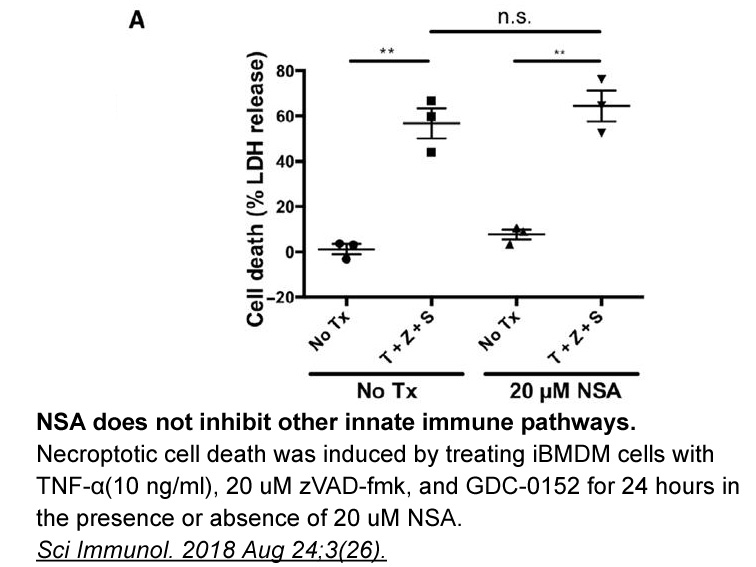
Direct inhibition of 5-LO activity by BRP-187 is clearly evident in cell-free assays using PMNL homogenates and isolated human recombinant 5-LO as enzyme source. In such assays, pure FLAP inhibitors like MK886 are inactive [9], [10], [29], [44]. Wash-out experiments and studies using the nonionic de
-
A promising target that is involved in the
2024-04-24
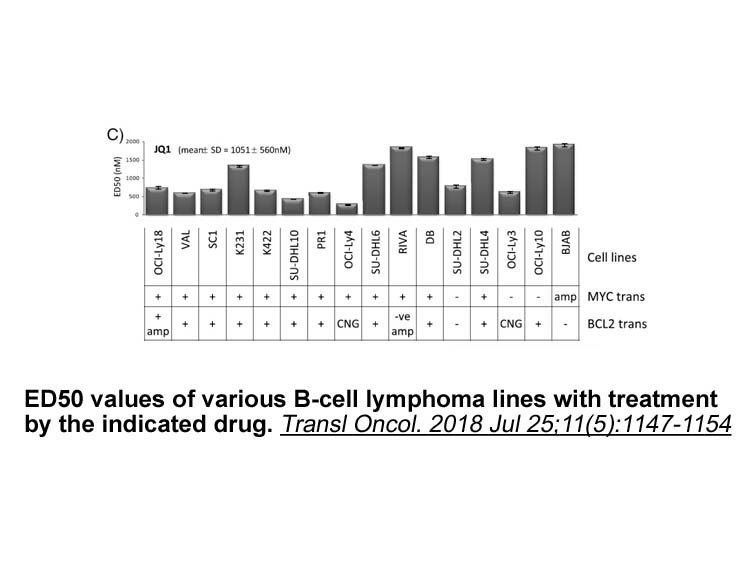
A promising target that is involved in the biosynthesis of the precursor LTA4 is the 5-LO-activating protein (FLAP), which in vivo is seemingly indispensable for LT formation [8], [9]. FLAP, a member of the MAPEG family (membrane-associated proteins in eicosanoid and glutathione metabolism), is an i
-
br Acknowledgments This work was
2024-04-23
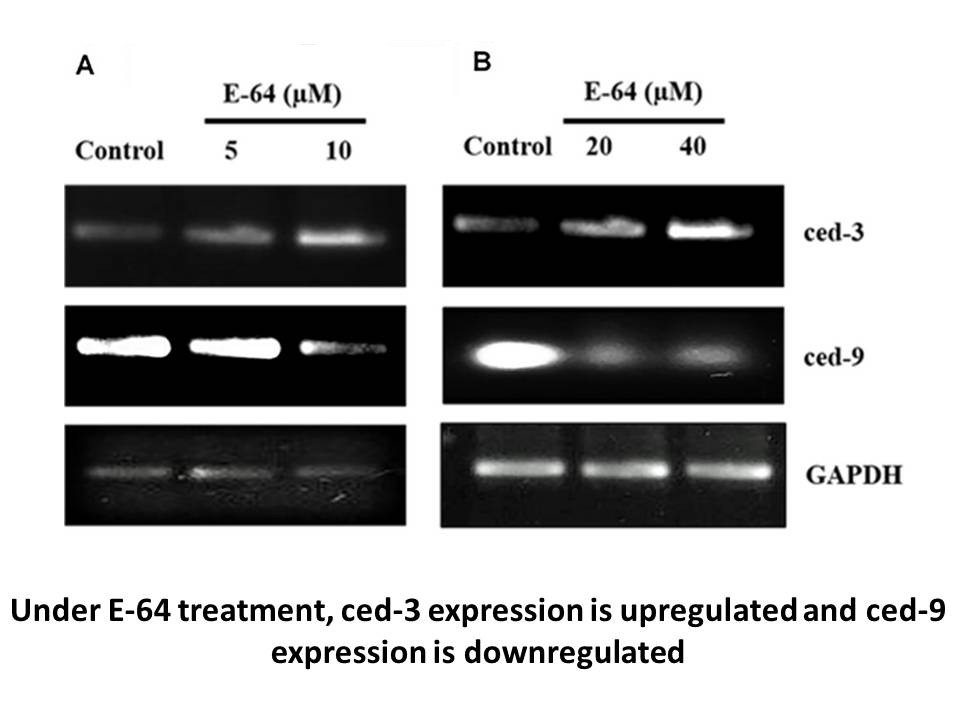
Acknowledgments This work was supported by the Swiss National Science Foundation. 15-Lipoxygenase 1 (15-LOX-1) is a nonheme, iron-containing enzyme predominantly expressed in reticulocytes, eosinophils, macrophages, mast cells, and bronchial epithelial cells . 15-LOX-1 is a key enzyme involved
-
br Conclusion br Acknowledgement This study was supported by
2024-04-23
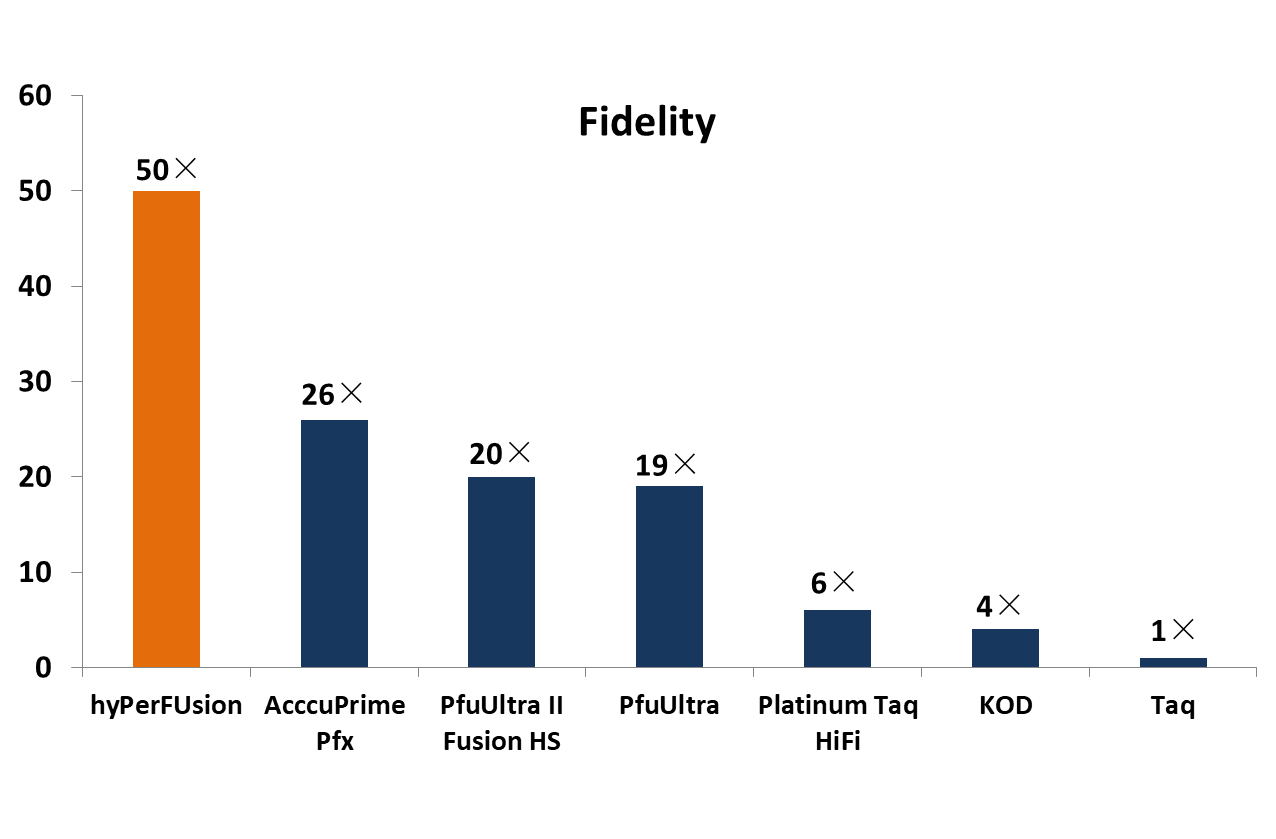
Conclusion Acknowledgement This study was supported by NIH/NINDSR01 NS036812-16. Introduction Stroke is the leading cause of disability and the fifth leading cause of death in the United States (Writing Group et al., 2016). On average, every 4 min a human dies of stroke (Lackland et al., 2
-
The main function of ATR CHK signaling
2024-04-23
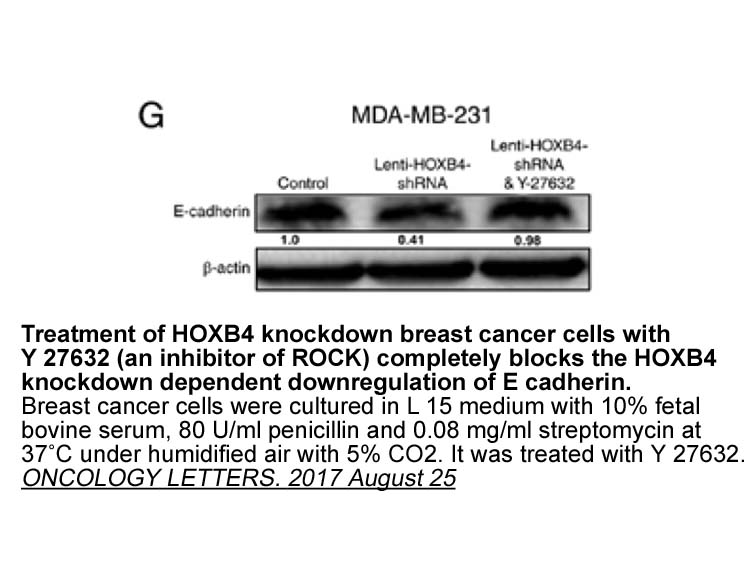
The main function of ATR/CHK1 signaling is activating WAY-100635 maleate salt checkpoint arrest for S and G2 phases in mammalian cells. There are three checkpoints in response to DNA damage: G1/S, G2/M, and S-phase. The G2/M checkpoint can prevent cells that incur DNA damage in G2 phase or progress
-
br Experimental Procedures Additional information can be fou
2024-04-23
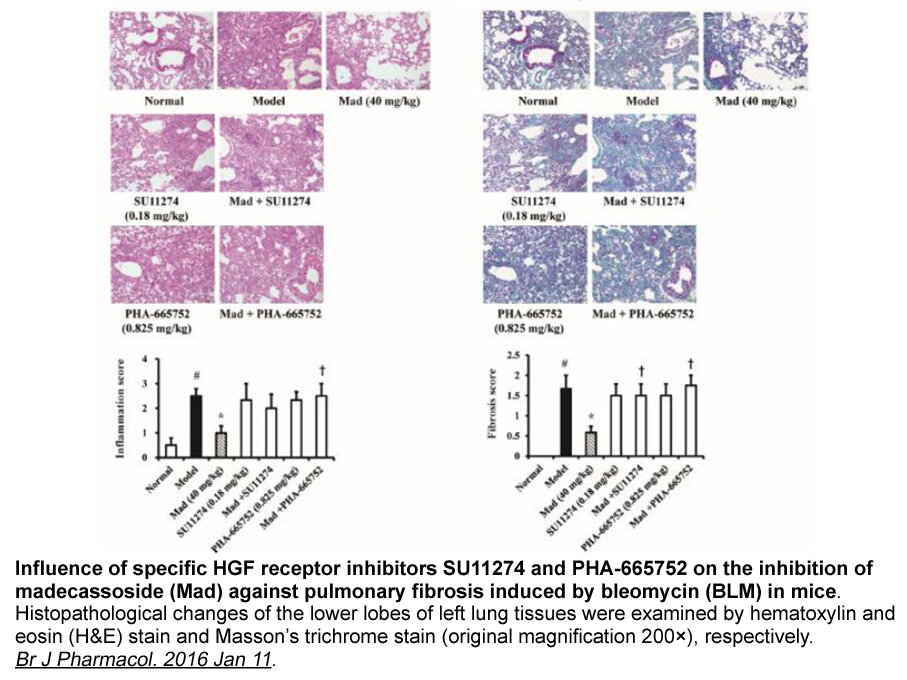
Experimental Procedures Additional information can be found in Supplemental Experimental Procedures. Author Contributions Acknowledgments We thank all members of Lab of Health Chemistry for helpful discussions. This work was supported by Grant-in-Aid for Scientific Research (KAKENHI) from
-
br Introduction Arginase deficiency is a rare
2024-04-23
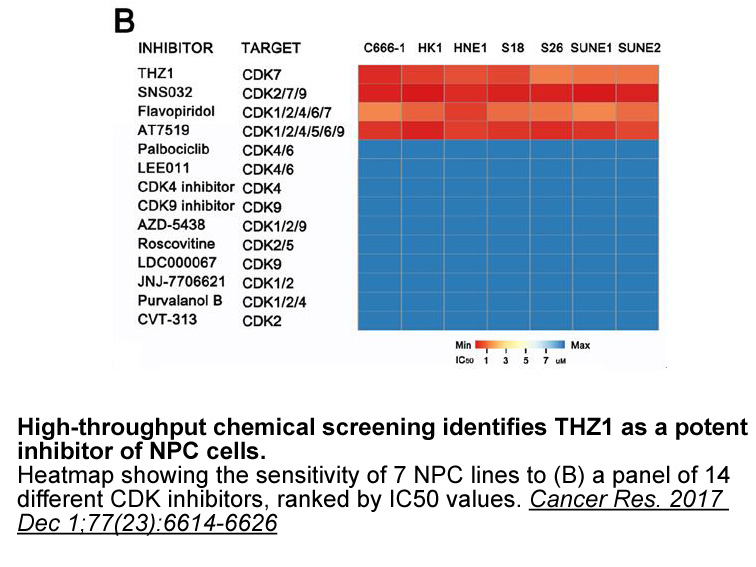
Introduction Arginase deficiency is a rare metabolic disorder resulting from a loss of arginase 1 (ARG1), the final enzyme in the urea cycle, which is the major pathway for the detoxification of ammonia in terrestrial mammals. ARG1 is expressed most prevalently in hepatocytes and red blood cells.
-
Our research group has been involved by
2024-04-23
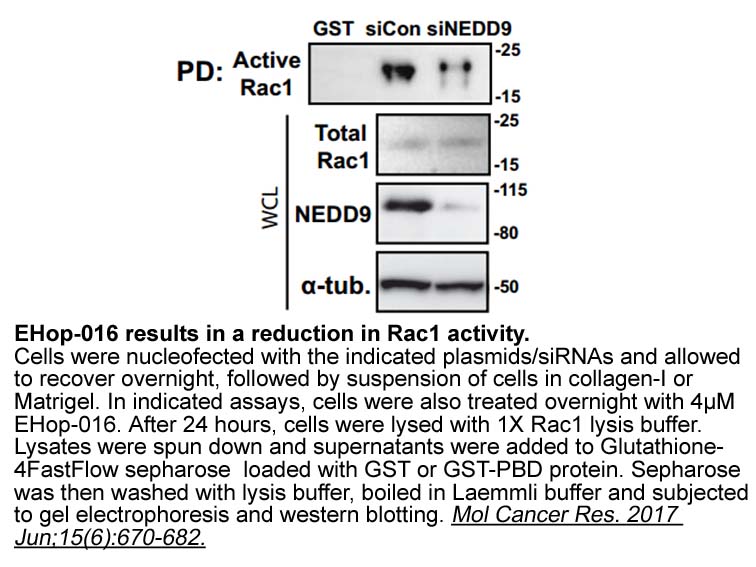
Our research group has been involved by many years in the synthesis of new 2,3-benzodiazepin-4-ones (e.g. 1, Fig. 1) and in the characterization of their mechanism of action.15, 16, 17 Within the development of these compounds, we demonstrated that an improvement of AMPAR antagonism by 2,3-benzodiaz
-
Based on their different sources the APN
2024-04-23
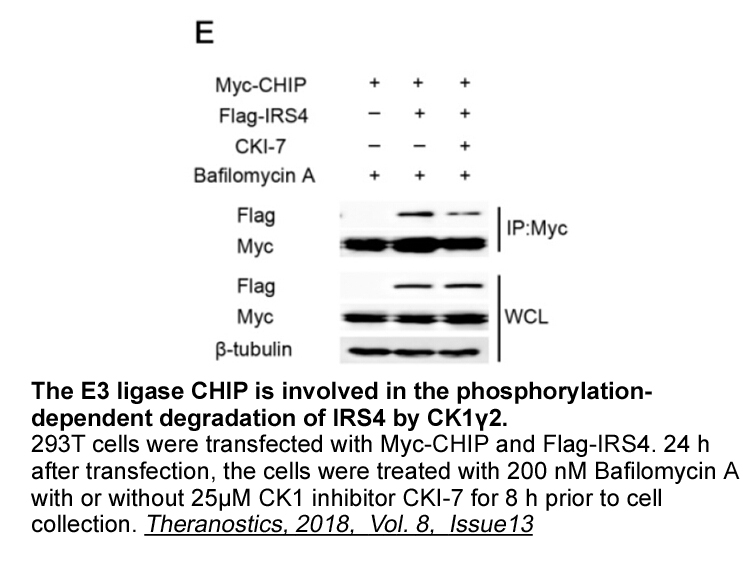
Based on their different sources, the APN inhibitors (APNIs) can be divided into the natural products and synthetic compounds. Bestatin (1, Fig. 1), isolated from the Streptomyces oliuoreticuli by Umezawa et al., is the first reported and only marketed natural dipeptidomimetic inhibitor of APN. Afte
-
N terminally extended antigenic peptide precursors that
2024-04-23
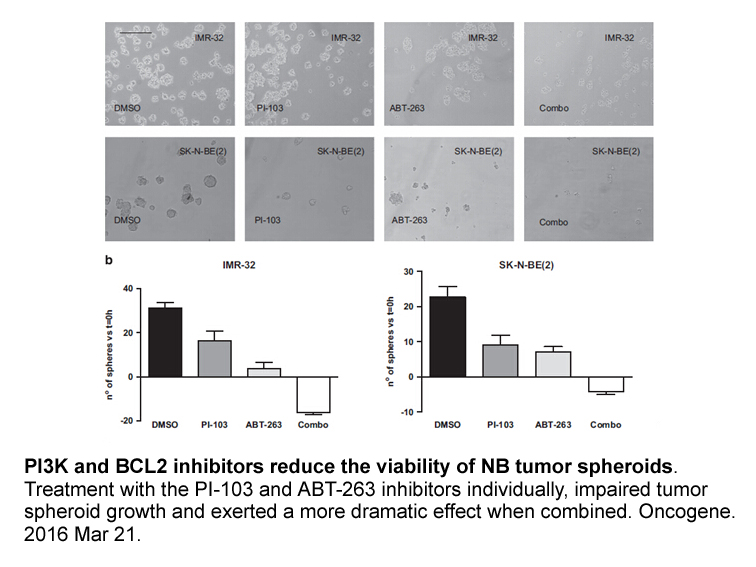
N-terminally extended antigenic peptide precursors that survive cytosolic degradation and enter the ER, need to be further processed by ERAP1 and/or ERAP2, in order to acquire the right length required for MHCI binding. ERAP1 (ERAAP in mouse) is an IFN-γ-inducible, metalloaminopeptidase that trims N
-
br Liver specific AHR deficiency and energy balance
2024-04-23
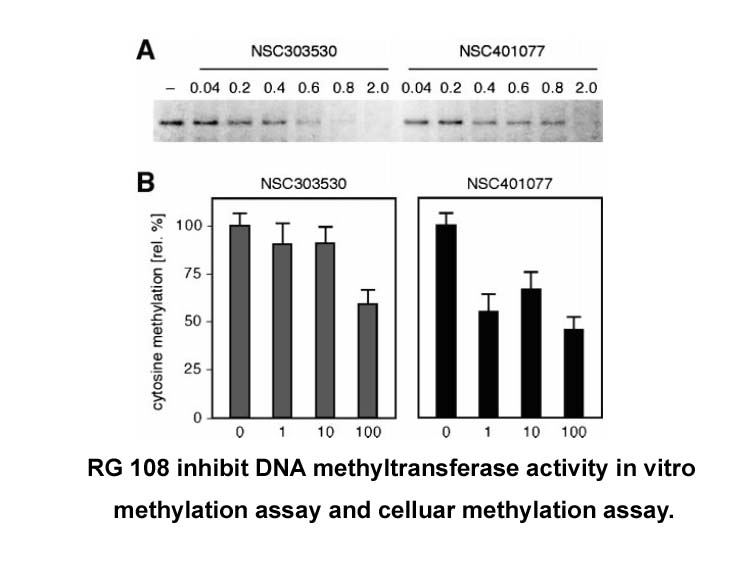
Liver-specific AHR deficiency and energy balance In contrast to the amelioration of hepatic steatosis by global AHR deficiency, targeted knockout of Ahr in hepatocytes exacerbated it in B6 mice fed on a high-fat diet, without interfering with body weight gain [21]. This appeared to result from au
-
Extracellular adenosine acts as a
2024-04-23

Extracellular adenosine acts as a local modulator of cell function via four adenosine receptor subtypes (A1Rs A2AR, A2BR, and A3R) that are involved in numerous physiological and pathophysiological processes [31]. Each is encoded by a separate gene and has different functions, although with some ove
-
br Methods br Results br Discussion First the cells isolated
2024-04-23
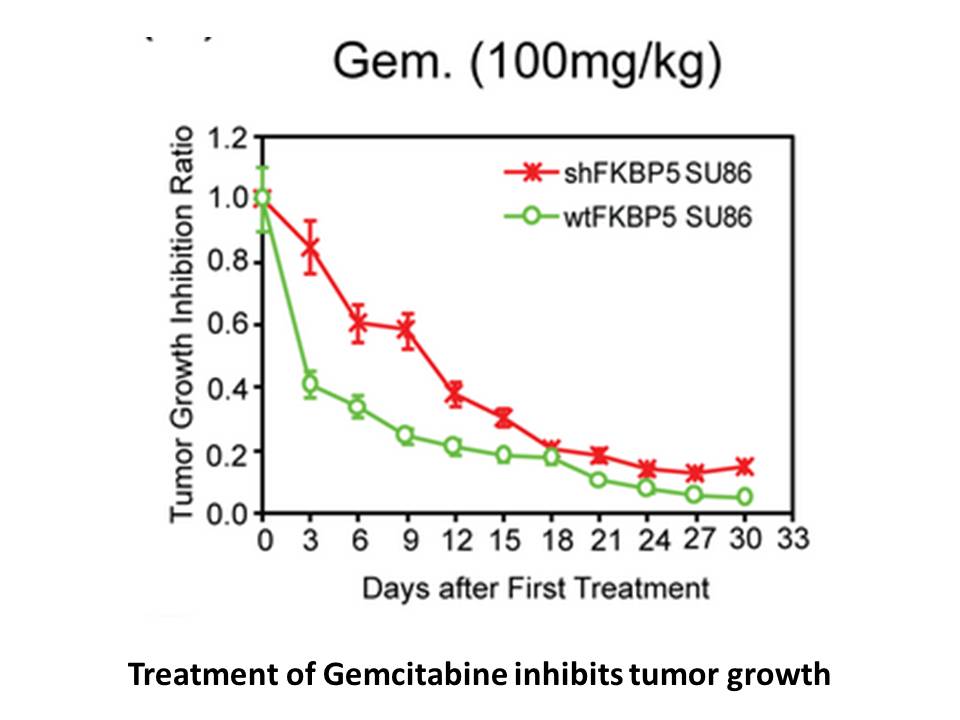
Methods Results Discussion First, the Netilmicin Sulfate isolated from non-PD TA tissue and PD plaque tissue were characterized. The results showed that both cell groups were positive for vimentin and negative for desmin suggesting that these cells were fibroblasts. It was also observed tha
-
NSAIDs induce gastrointestinal toxicity and evoke
2024-04-22
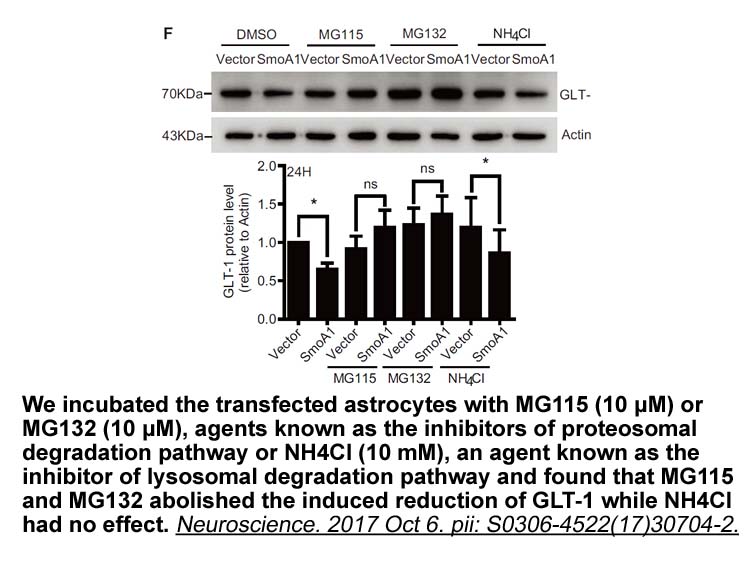
NSAIDs induce gastrointestinal toxicity and evoke beta 3 agonist by decreasing the production of gastroprotective prostanoids and by redirecting the COX substrate AA into LT biosynthesis, thereby causing vasoconstriction in gastric mucosa and airways (Celotti and Laufer, 2001; Koeberle and Werz, 20
-
The structure of LO is divided in two
2024-04-22
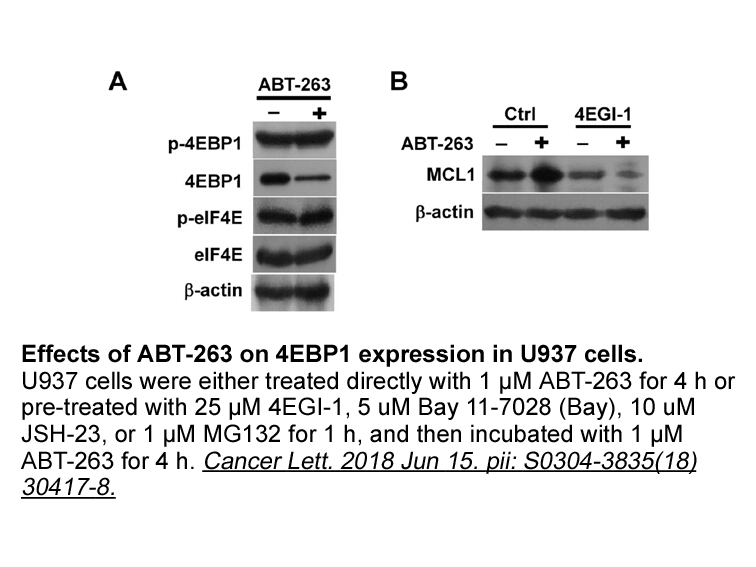
The structure of 5-LO is divided in two domains, the catalytic C-terminal domain and the N-terminal regulatory C2-like domain (C2ld) [59,60]. The C2ld spans the Carbetocin 1-114 and is responsible for translocation and binding of calcium and membranes [61–63]. The catalytic domain is primarily an α
14391 records 112/960 page Previous Next First page 上5页 111112113114115 下5页 Last page